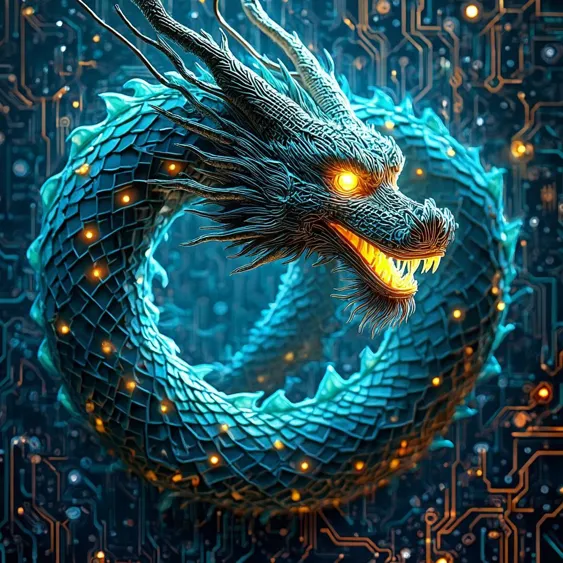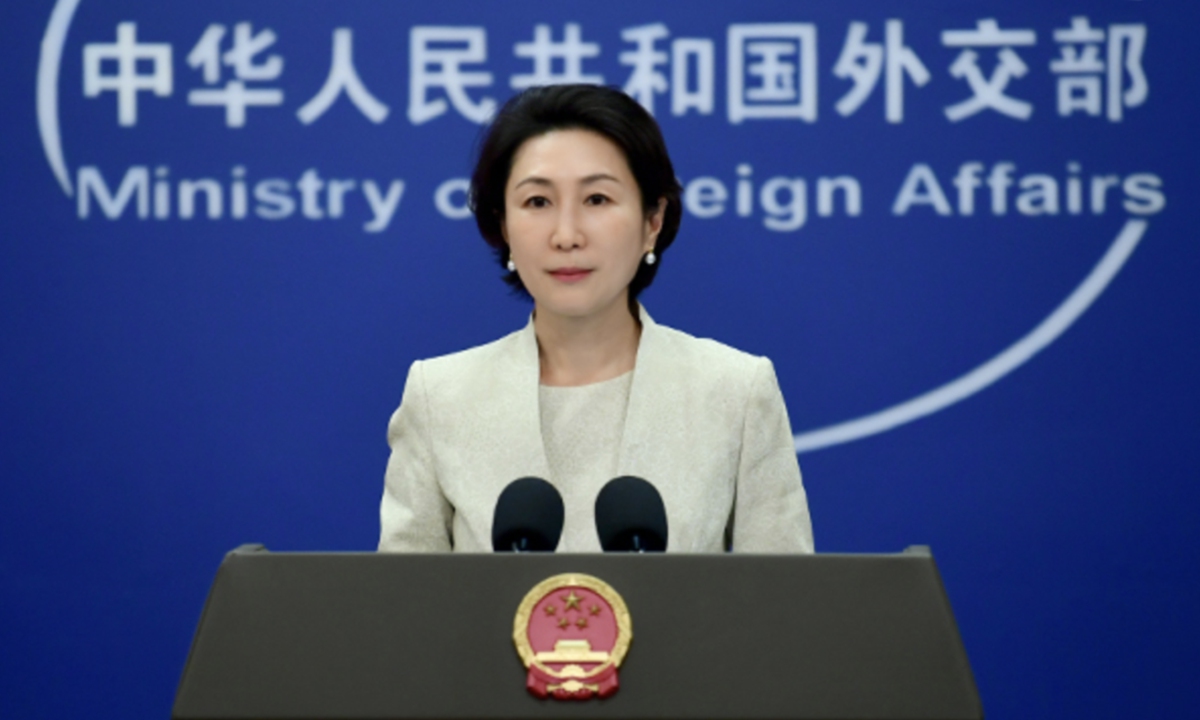Altman: U.S. Underestimates Threat from Chinese AI

The remarks made by OpenAI CEO Sam Altman regarding the U.S. response to Chinese AI advancements underscore a pivotal moment in the global technology landscape. His urgent caution raises questions about the sufficiency of current export controls and policy frameworks aimed at curtailing China’s growth in AI. As the arms race between the two nations intensifies, a deeper evaluation of these strategies—and their efficacy—is more crucial than ever. Altman’s assertion that the complexity of these technological advancements extends beyond a simple leaderboard of progress indicates a need for nuanced policies and cooperation in the sector.
Data from the International Data Corporation (IDC) shows that China is projected to outspend the U.S. in AI research and development as early as 2026, reflecting an economic force that cannot be dismissed lightly. Altman emphasizes that merely tightening export controls on semiconductors will not suffice in curbing China’s ambitions, with the country already demonstrating remarkable adaptability by embracing local suppliers, such as Huawei. Indeed, as the ByteDance and Tencent ecosystems develop competitive AI models, significant risks arise for U.S. firms reliant on maintaining their technological superiority. The framework created by the Biden administration, which sought to regulate sales under specific provisions, appears increasingly fragmented and may undermine the intended results. When policymakers overlook the long-term strategic maneuvers of competitors, they may inadvertently empower them.
From a historical perspective, parallels can be drawn to the tech landscape during the late 1990s and early 2000s, marked by the dot-com bubble. During that period, regulations lagged against rapidly evolving digital technologies, resulting in market unpredictability that ultimately led to widespread financial loss. Fast forward to today, there is a similar urgency that begs the question: how can the U.S. balance competition while fostering innovation? OpenAI’s decision to release models with open weights is a strategic response rooted in an understanding of the broader landscape. By enabling developers and researchers to access their latest AI models, OpenAI seeks to foster engagement within their ecosystem—a tactical shift from its initial stance of guarding its technology. However, this approach also carries risks; while it democratizes access, it may dilute the unique advantages that proprietary models have historically afforded.
As Altman hinted at in his discussion, the solutions to countering China’s rapid progress in AI are not clear-cut. Policymakers may face unintended consequences with tighter restrictions that could stifle collaboration and genuine innovation within the U.S. tech sector. Additionally, investors should be aware of the potential volatility in U.S. companies like Nvidia and AMD, whose strategies may need to pivot rapidly in response to evolving diplomatic landscapes. Investors keen on long-term perspectives must consider how U.S. and Chinese dynamics will continue to shape the tech landscape, as well as how their portfolios reflect these macro forces. Altman’s foresight about the intricacies of this technological arms race indicates an imbalanced outlook, suggesting that a consolidated strategy is essential for sustaining the competitive edge.
Read These Next

Chinese Foreign Minister Addresses AI and Robotics Competitiveness
China's Foreign Ministry highlighted global tech collaboration and confidence in robotics and AI following the World Humanoid Robot Games.

European Stock Indices Close Higher with DAX 30 Up 044 Percent
European stocks rose, with UK's FTSE 100 up 0.37% and Germany's DAX 30 up 0.44%, amid positive economic recovery sentiment.

CNOOC's Financial Operations: Navigating Evolving Risks
This commentary analyzes key changes, financial trends, significant events, and risks associated with the operations of the China National Offshore Oil Corporation and its finance arm, drawing broader economic implications and comparisons to past crises.
